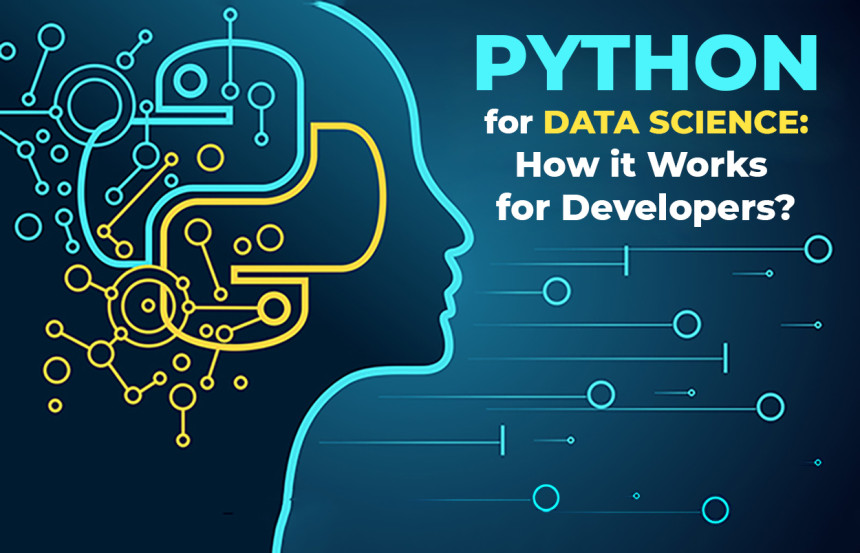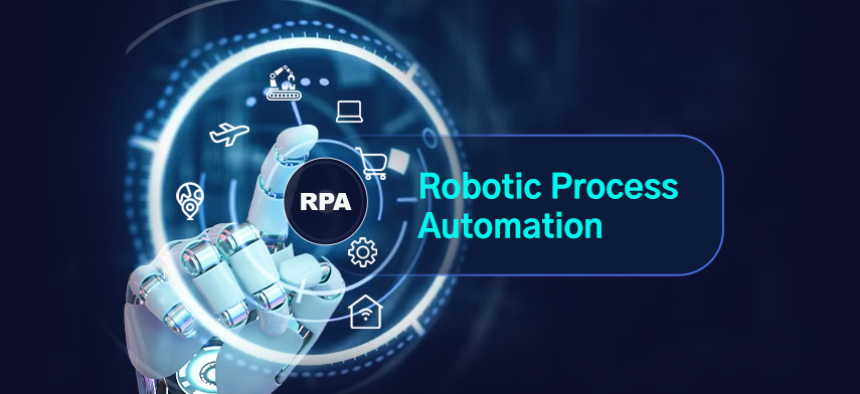
Hashtags
2 years ago
Hashtags
#what-is-this
What is Python For Data Science?
Python is one of the most popular programming languages for data science due to its simplicity, versatility, and a rich ecosystem of libraries and tools specifically designed for data analysis, manipulation, and visualization. Here are some key aspects of using Python for data science:
- Libraries for Data Science:
- NumPy: Provides support for working with arrays and matrices, essential for numerical computations.
- Pandas: Offers data structures like DataFrames and Series, making data manipulation and analysis efficient.
- Matplotlib and Seaborn: Used for creating a wide range of visualizations like plots, charts, and graphs.
- Scikit-learn: A powerful library for machine learning tasks including classification, regression, clustering, and more.
- TensorFlow and PyTorch: Popular libraries for building and training deep learning models.
- Data Handling:
- Python excels at handling both structured and unstructured data. Pandas, in particular, is widely used for data wrangling tasks.
- Statistical Analysis:
- Python offers a range of libraries and modules for statistical analysis, including Scipy, Statsmodels, and more.
- Machine Learning and AI:
- Python is the go-to language for machine learning tasks. Libraries like Scikit-learn, TensorFlow, and PyTorch provide powerful tools for building and training models.
- Data Visualization:
- Matplotlib, Seaborn, and other libraries allow for the creation of compelling visualizations to better understand data and communicate insights.
- Flexibility and Versatility:
- Python's syntax and dynamic typing make it easy to write and modify code, allowing for quick prototyping and experimentation.
- Community and Ecosystem:
- Python has a large and active community, which means there's a wealth of resources, tutorials, and libraries available.
- Integration:
- Python integrates well with other technologies and tools commonly used in data science workflows, such as SQL databases, Big Data platforms, and cloud services.
- Scalability:
- Python can be used for both small-scale data analysis on a single machine and large-scale distributed computing.
- Jupyter Notebooks:
- Jupyter Notebooks provide an interactive environment for combining code, visualizations, and explanatory text, which is widely used in data science for documentation and sharing insights.
Overall, Python's combination of simplicity, powerful libraries, and a thriving community make it an excellent choice for data science projects, from data manipulation and analysis to building complex machine learning models.





